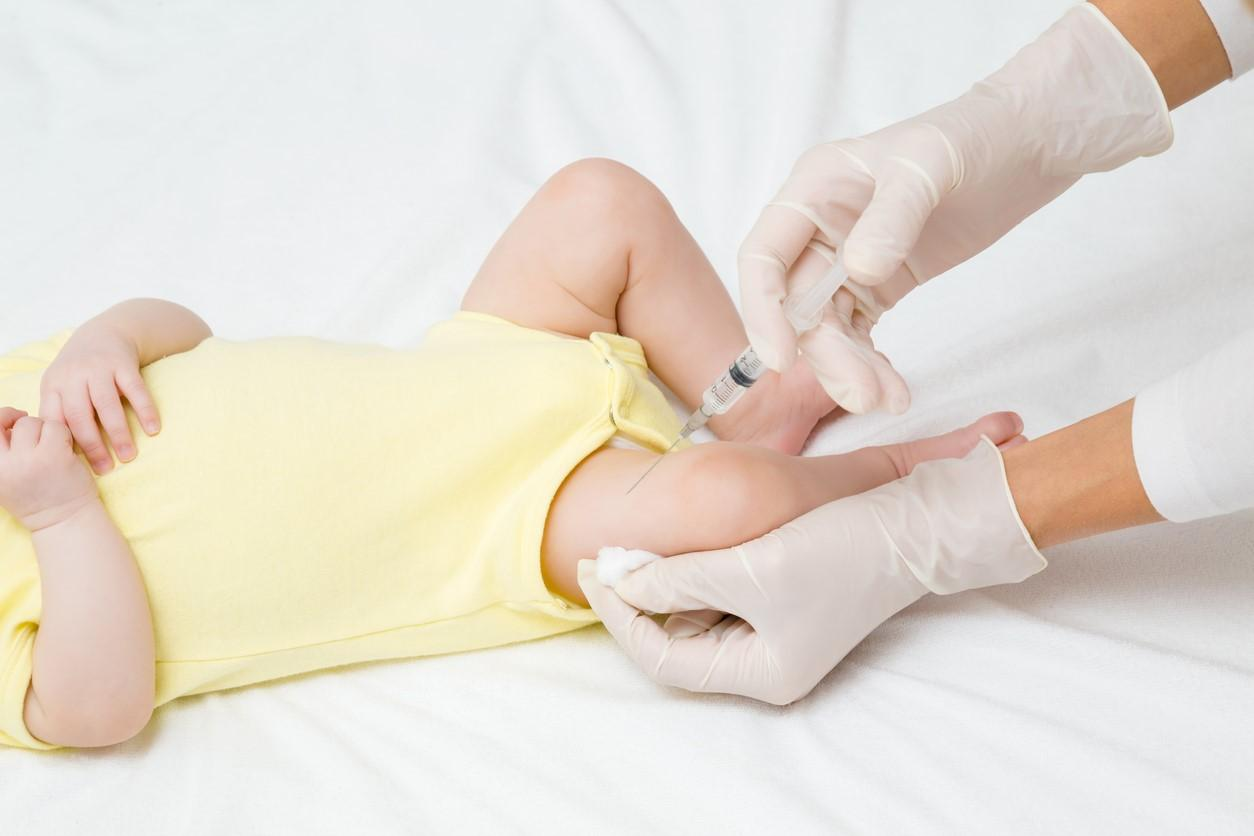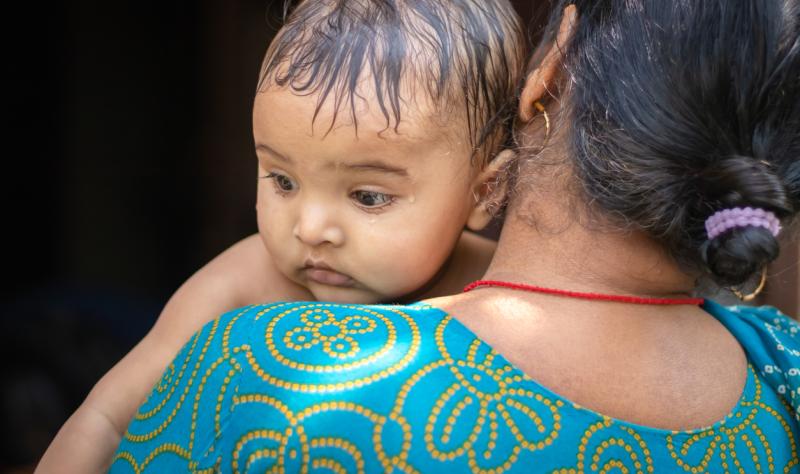
A new study in The Lancet Infectious Diseases describes the genotypic and phenotypic characteristics of respiratory syncytial virus (RSV) breakthrough infections after the widespread use of the monoclonal antibody nirsevimab (Beyfortus) in infants younger than 1 year.
The study was based on outcomes seen among infants in France during the 2023-2024 RSV season, the first season the RSV antibody was approved for use in infants in the European Union and the United States. In France, roughly 210,000 single doses were administered last year.
To understand the real-life potential for viral escape, the authors looked at 260 RSV full-length viral genome sequences from nirsevimab-treated infants with breakthrough infections and compared the RSV RNA to that from 285 untreated RSV-infected infants.
In the breakthrough infections, 236 cases (91%) were RSV-A, and 24 (9%) were RSV-B.
Resistance only seen in RSV-B cases
There were no known nirsevimab resistance–associated mutations in infections caused by RSV-A, and only 2 of the 24 RSV-B infections showed a mutation that conferred resistance to nirsevimab.
Overall, breakthrough infections in France were rare, the authors said, and the antibody should be used again in the upcoming RSV seasons.
As nirsevimab use becomes more widespread, collaboration between research and public health agencies becomes essential to assess the emergence of resistance.
In a commentary on the study, the authors write, “This finding underscores the need for subgroup-specific surveillance strategies to help better explain the different prevalences of monoclonal antibody-escape mutants between RSV-A and RSV-B. As nirsevimab use becomes more widespread, collaboration between research and public health agencies becomes essential to assess the emergence of resistance.”







